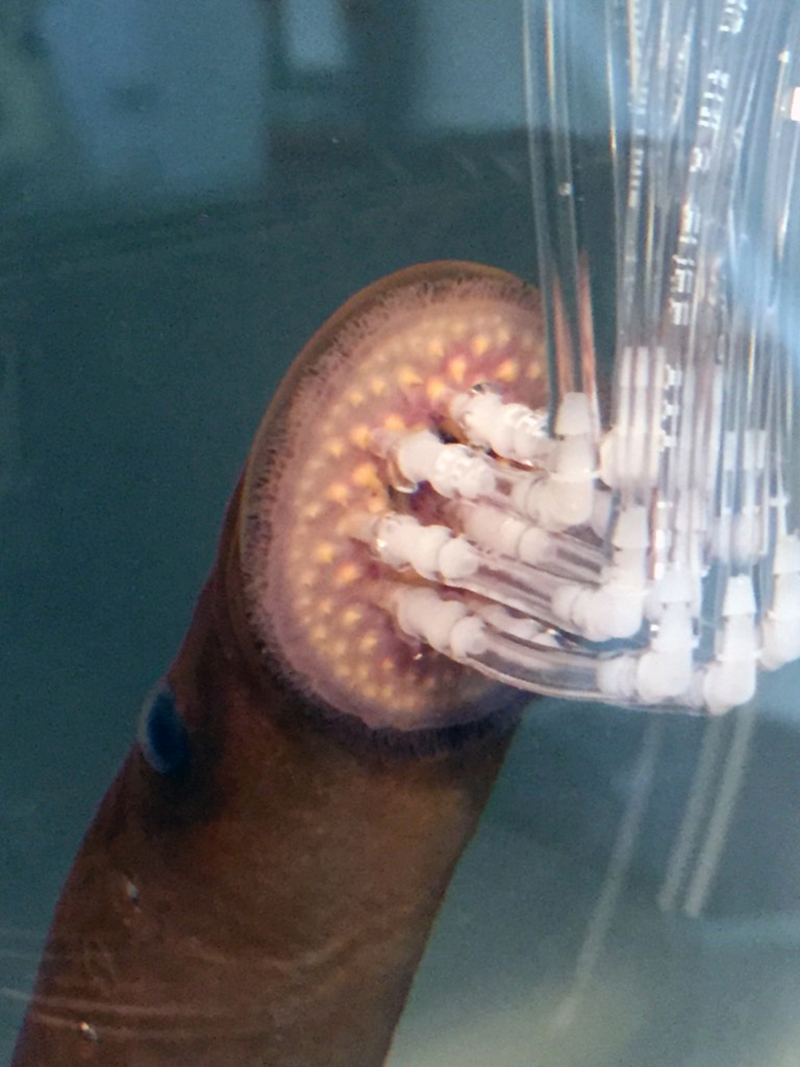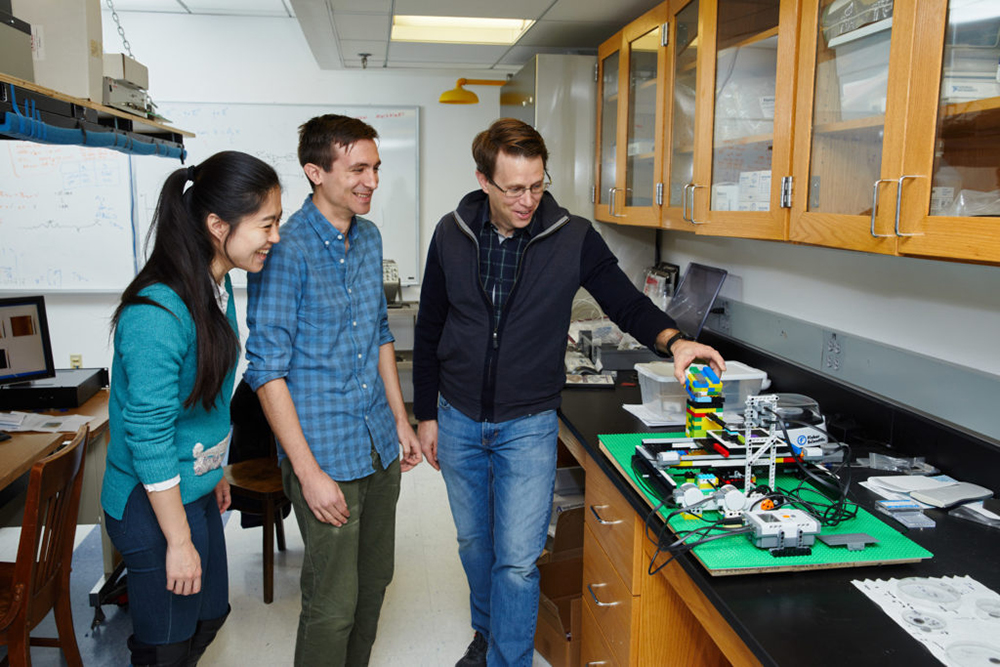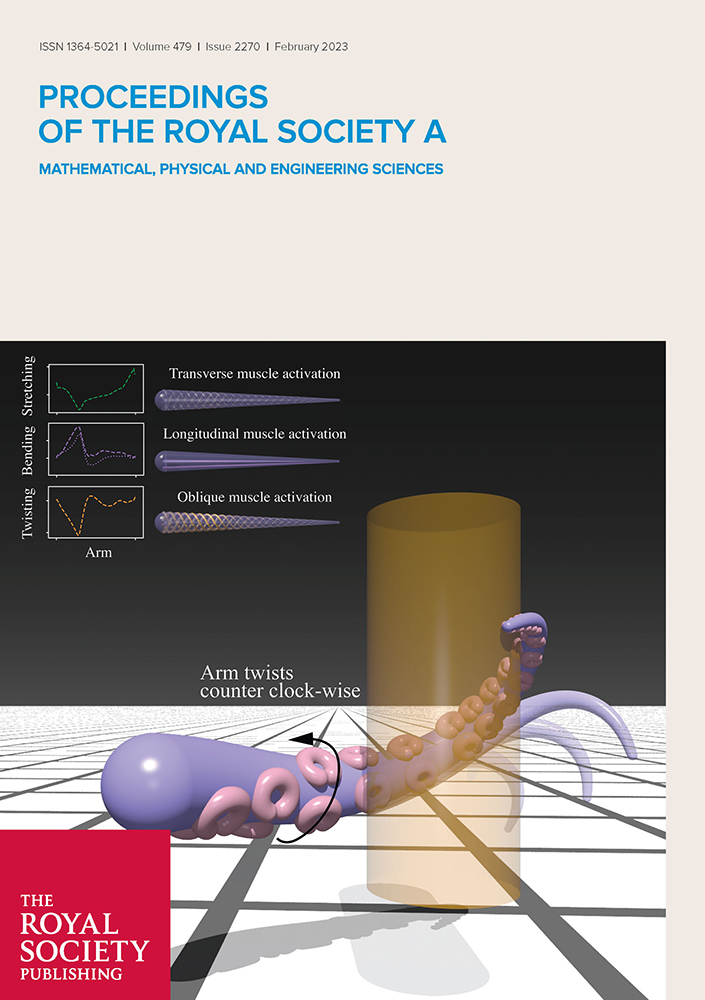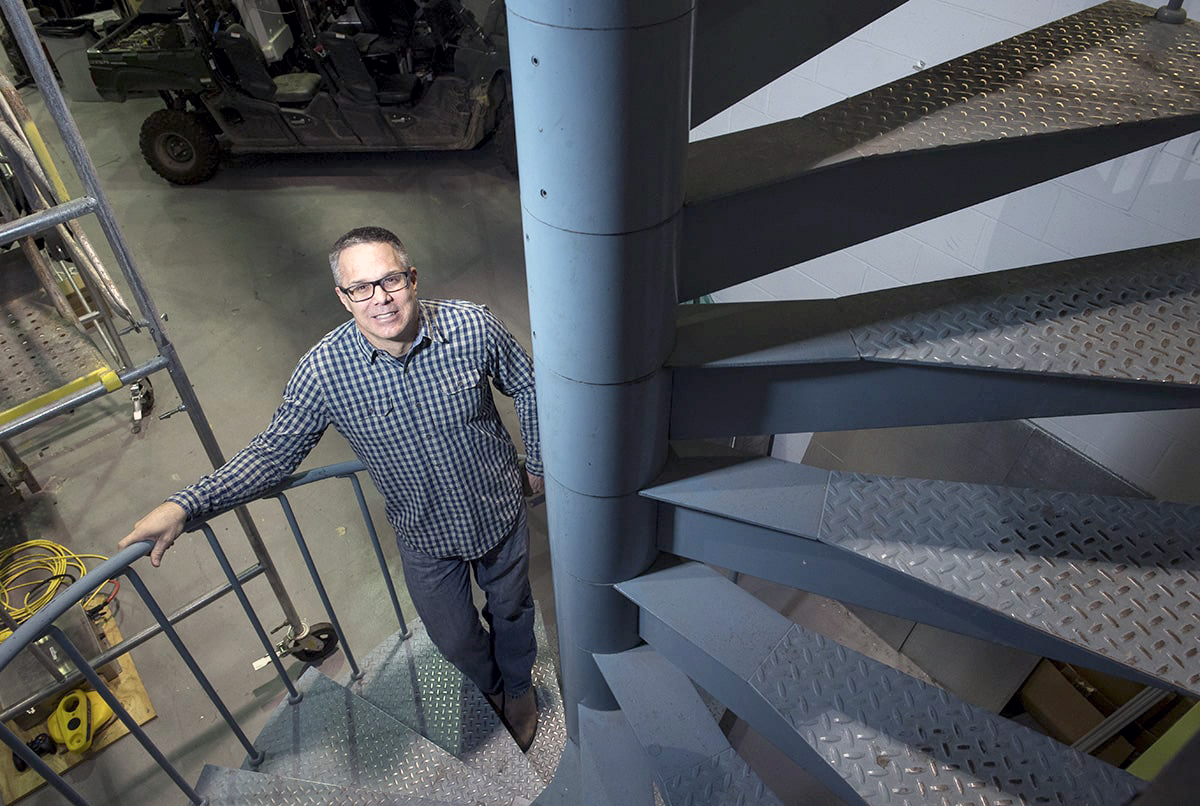News Story
Measuring the 'suckiness' of invasive sea lampreys

A sea lamprey attached to the sensing panel. Photo credit: Hongyang Shi, Michigan State University
Sea lampreys are a destructive invasive species that has threatened native fisheries in the Great Lakes for decades. Adult sea lampreys attach to fish to feed off their blood. Now, new research in PLOS ONE by ECE/ISR alum Xiaobo Tan (EE Ph.D. 2002) and his colleagues describes the development of “smart” sensing panels that take advantage of a sea lamprey’s instinct to suck to record the mechanics of the attachment.
Tan is the Richard M. Hong Endowed Chair in Electrical Engineering at Michigan State University. At Maryland, Tan was advised by Professor John Baras (ECE/ISR) and Professor P. S. Krishnaprasad (ECE/ISR).
To properly design the smart panels, Hongyang Shi, a doctoral student, built a prototype containing sensing apparatuses to understand the sea lamprey’s suction pressure dynamics. The researchers wanted to find out if the sea lamprey’s suction was in a uniform pattern all over the suction disk or if it was concentrated in the middle or the outside ring. Measuring the strength of a sea lamprey’s suction was also important.
“We were surprised to learn that the sea lamprey only sucks as hard as it has to,” Tan said. “Which makes sense, it doesn’t want to use up its energy that is otherwise needed for finding a mate and spawning.”
The authors of “Measurement of suction pressure dynamics of sea lampreys, Petromyzon marinus” are Hongyang Shi, Christopher M. Holbrook, Yunqi Cao, Nelson Sepúlveda, and Tan. Both Tan and Sepúlveda are professors in the MSU Department of Electrical and Computer Engineering.
“After more than half-a-century of research and development, we are just now focusing on using the most obvious lamprey-specific characteristic (oral suction) for lamprey control,” said Christopher Holbrook, a research fish biologist at the U.S. Geological Survey Hammond Bay Biological Station located near Millersburg, Mich., and collaborator on this work. “Modern technology, particularly advances in robotics and new materials, is making this possible.”
The work was funded by the Great Lakes Fishery Commission.
—Many thanks to Emilie Lorditch of MSU for this story. Read the original story, which includes information on another new technology that can capture and help prevent the further spread of sea lampreys.
Published August 12, 2021









